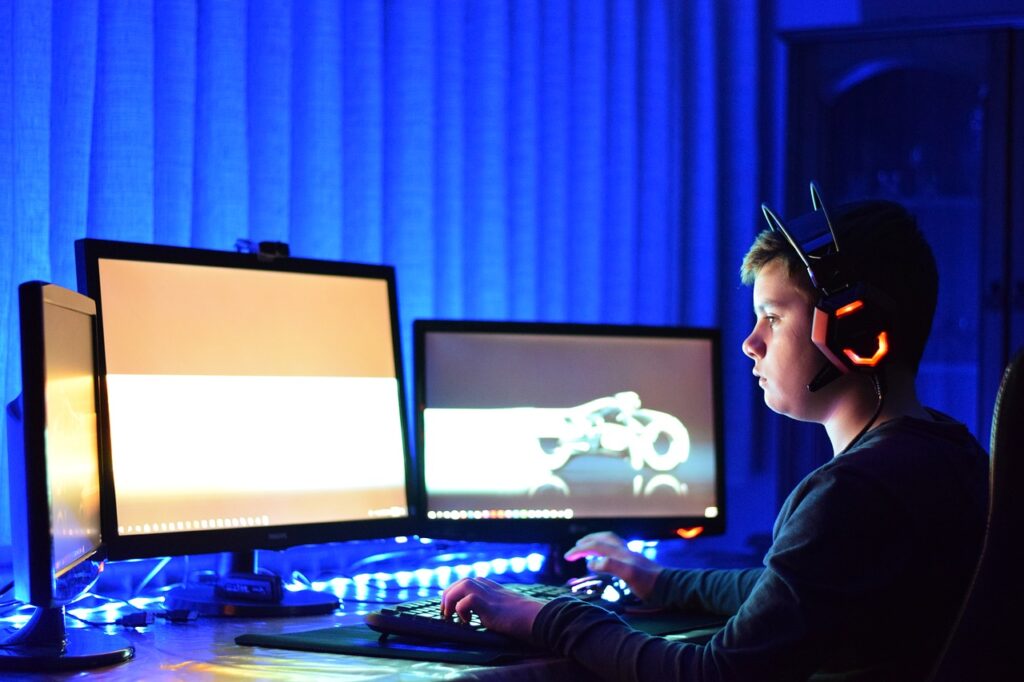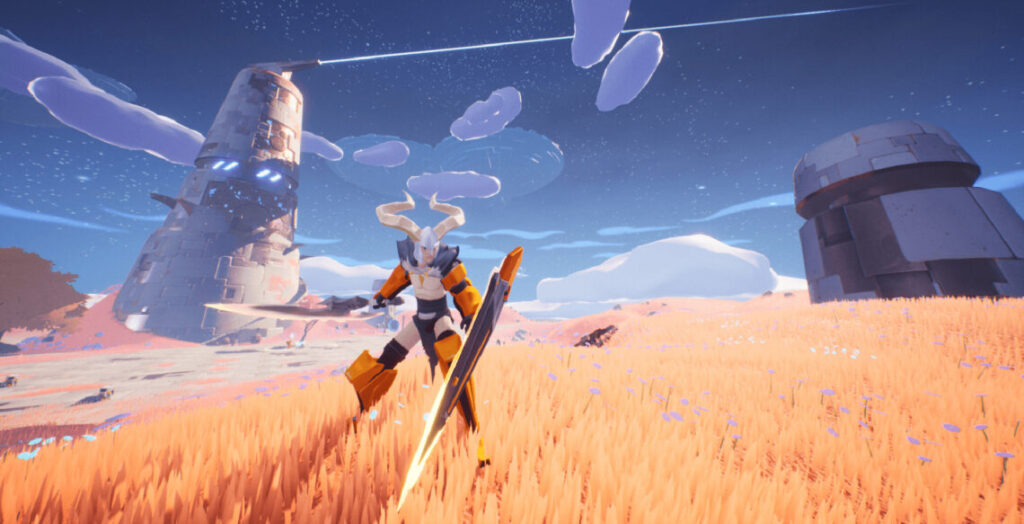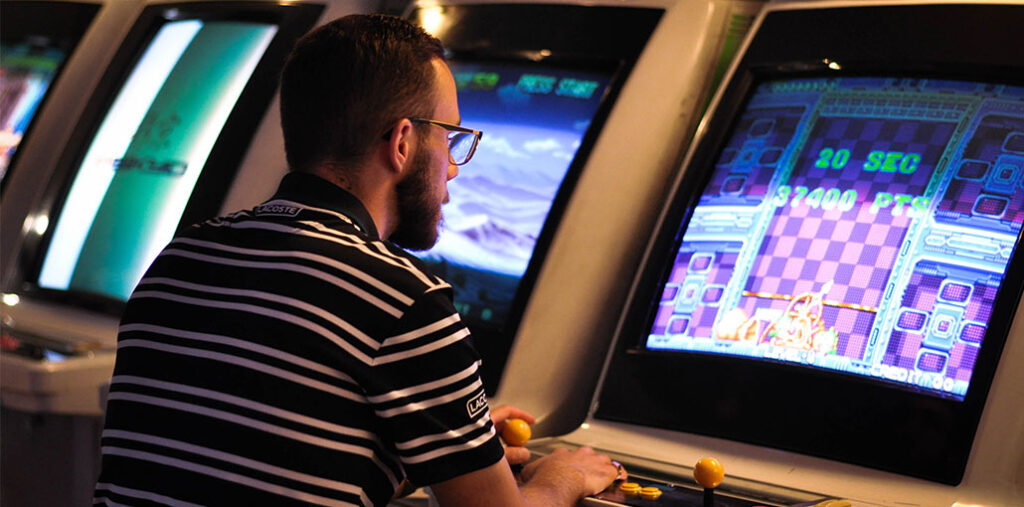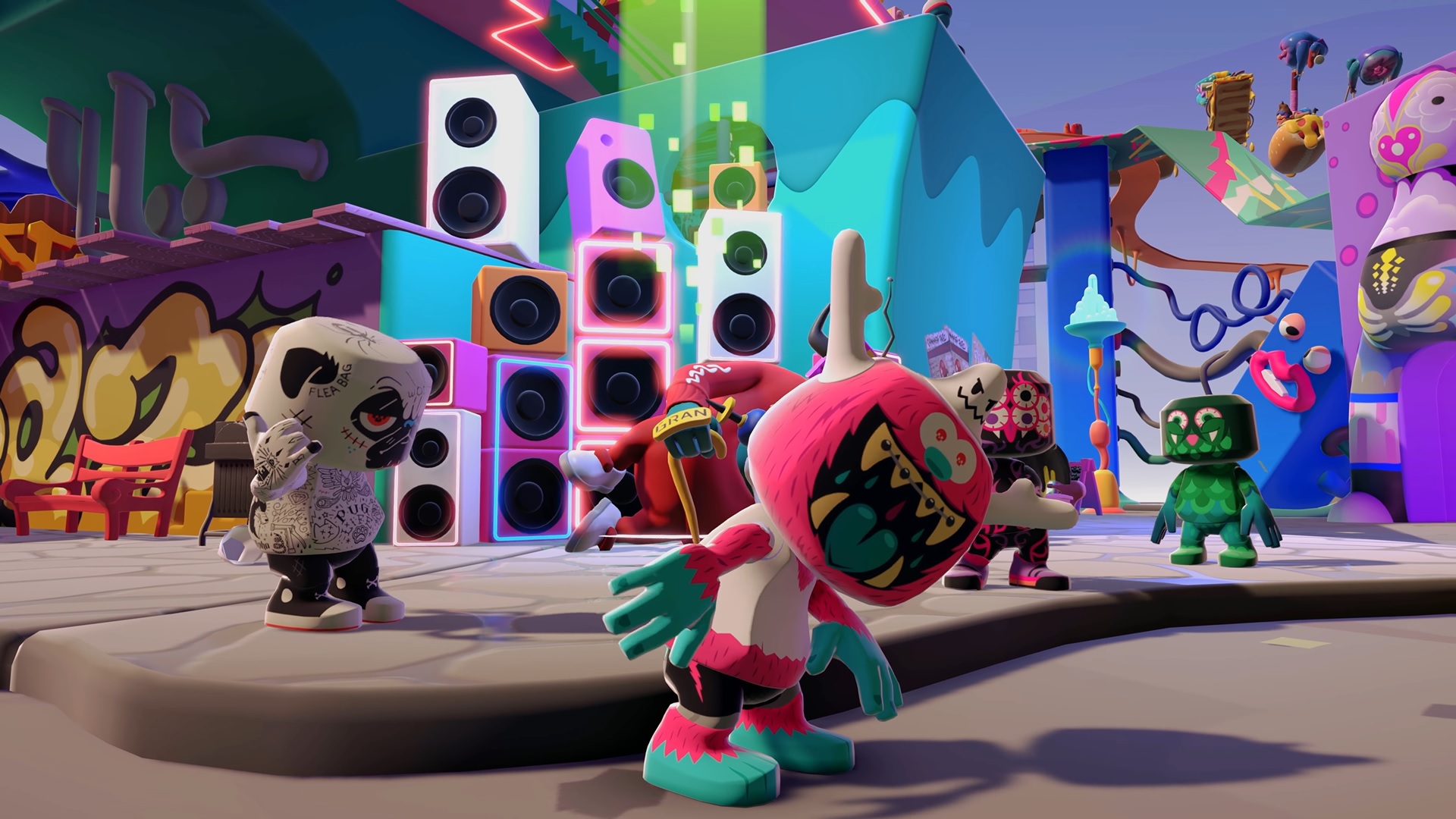NFT gaming will undoubtedly become popular. Non-fungible tokens, or NFTs, are a blockchain-based digital currency that can monitor asset ownership and give resale percentages to previous owners. For the world’s 3 billion gamers, the process of hunting out rare objects, acquiring limited trinkets, and unlocking uncommon art and keepsakes to touch and enjoy should be a no-brainer.
NFTs, on the other hand, remain a tough sell for many. They might be difficult to understand and have a bad user experience design (get ahead of this with our UX Design Foundations course). The environmental effect of NFTs in their present usage is difficult to overlook because of their inherent instability. The specter of loot-boxes, which were paid-for random boxes of stuff that drained money from users, still looms large in the minds of gamers.
However, one of the most important new NFT trends in 2022 will be nft games, which developers and publishers will find difficult to ignore. What are NFTs and how do you use them? Continue reading to learn more about the implications for nft games in our in-depth piece (or jump straight to our NFT gaming explained section). As more large publishers, such as Square Enix, Ubisoft, Konami, Epic, Capcom, and EA, support or explore the usage of NFTs, it’s probable that you’ll be developing for or utilizing them in the near future. So, what can we anticipate from NFT gaming in the future? Let’s take a look at what we’ve got.

Gaming on the NFT platform will be beneficial.
Let’s start with the most important of them all. In gaming, NFTs may unlock and add value to previously played nft games. “In the gaming business, it’s something where if the player is putting their value into the game, it simply makes full sense they can take this value out of the game,” says Chris Clarke of KokoSwap (opens in new tab).
With the installation of its own platform, Quartz, and its in-game NFT, Digits, Ubisoft believes this is the case. Quartz was introduced towards the end of 2021 to mixed reviews, but the publisher stuck with it. Because NFTs may effectively establish a second-hand market for digital nft games and products, this is critical.
Current users of Ghost Recon Breakpoint, the open-world tactical shooter from Quartz, may get NFTs of new cosmetic goods, which are typically back-dated to reward long-term gamers. NFTs let users to be the only owner of an in-game object, which they may then trade, sell, or keep. Although the concept of players earning money from nft games is not new, NFTs are more safe and versatile.
Players will assume control.
Gamers are used to purchasing in-game stuff through microtransactions and season passes, as previously stated. NFTs, on the other hand, provide players additional power, allowing them to sell stuff and even profit from future resales. This is big for a digital nft games age for those gamers who grew up selling old games to pay for new.
Limited-time skins are currently available in games like FIFA and Fortnite. Both nft games generate a sense of scarcity, but the creator has the upper hand. Players may manage the selling and resale of things via NFTs. If you arrived late to FIFA Ultimate Team and missed out on the season’s initial kits, you may purchase them from other players.
Players might also spend in NFTs of new talents or XP in addition to things. In the case of FIFA Ultimate Team, this might allow users to earn money by developing unique teams and selling them to other players on an NFT marketplace.
This example of Ultimate Team presents a crucial point of worry for dedicated players. Those with deep means might just purchase a fantastic pre-made squad, win trophies, and collect NFTs as a reward, and never look back. In some respects, NFTs may exacerbate the worst features of real-life football by allowing the wealthiest ‘clubs’ to flourish.

NFT games, on the other hand, may embrace the ownership that players may bring. The concept of customisation is important in many NFT games, and it may be broadened to allow developers to create NFT-powered assets for their favorite games and sell them on a marketplace.
This might include fan art and projects centered on a game, for example. This is where a marketplace like the GameStop NFT marketplace may come in handy, by providing a venue for fans to exchange their own work. However, using NFTs in this fashion would imply that publishers would be giving over some IP ownership to their gamers. (Read our tutorial to learn how to build and sell an NFT.)
Play-to-Earn NFT games will be very popular.
Internal markets and economies may be beneficial. Play-to-Earn NFT games like Axie Infinity (think of the Axies as Pokémon) are signaling the way forward. Some gamers even make a life playing these NFT games. Play-to-Earn NFT games like Axie Infinity, which have 3 million daily players (opens in new tab), aren’t going away anytime soon.
While many Play-to-Earn NFT games resemble non-NFT titles like Pokémon and Stardew Valley, others have been accused of being backdoor blockchains, with the gameplay taking a back seat to the purchase and trade of bitcoin disguised as collected objects.
Axie Infinity co-founder Aleksander Leonard Larsen said that 50 percent of its users had never utilized bitcoin before playing the game during a panel discussion on the metaverse at Token2049 (opens in new tab). This demonstrates how NFT games may aid in the development of UX design and the accessibility of blockchains.
Even the most popular Play-to-Earn NFT games, such as Axie Infinity, may be an uphill battle to handle crypto wallets, buy-in fees, hidden expenses, and more before you can start collecting your prized Axie. There’s still opportunity for improvement, maybe by combining the finest concepts and UX design from both Play-to-Earn and Free-to-Play.

Play-to-Earn has some volatility difficulties as well. The value of objects may move up and down, which might lead to a big number of players quitting a game to cash out. There may be issues if the numbers arriving do not equal or better those leaving.
However, since Play-to-Earn NFT games are designed similarly to Free-to-Play games, the roots are still there for gamers to connect with, as long as ‘Play’ always takes precedence over ‘Earn’ and they aren’t money-grab trade applications disguised as cuddly animals.
It’ll all come down to ‘interoperability.’
That is a huge word, and it is also a large concept. Your NFT collectable may be utilized in a variety of NFT games, though not all of them. Because the NFT is stored on a blockchain, its data and ownership can be traced, and it is free of corruption, it can be simply moved across NFT games that use the same blockchain.
This would be one of Ubisoft’s Quartz’s advantages. It would be intriguing for a publisher with numerous major gaming brands to be able to connect them all and their things as NFTs. Ubisoft has said that it would not profit from resells on Quartz, and that this NFT platform is developed on the low-carbon Tezos blockchain.
NFTs allow users to gain control of in-game goods that were previously owned by the game’s publisher. In principle, items purchased and earned on an NFT blockchain may be utilized between NFT games. So, if Ubisoft cancels Ghost Recon Breakpoint but releases a new Tom Clancy shooter, your ‘Clancy NFTs’ might theoretically be transferred to the new game.
There are concerns about how far this can be taken. What are the practicalities of moving an NFT across different sorts of NFT games, for example? It also raises the issue of whether this usage of NFTs would limit inventiveness in the future, since all new games may be required to use existing NFT assets.
Other Resources:
Axie Infinity: A sure way to financial buoyancy or Peril?
What are the shortcomings of play-to-earn games?
Why Axie Infinity is so special

